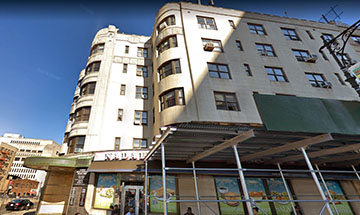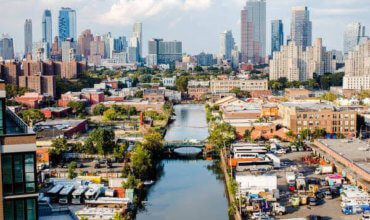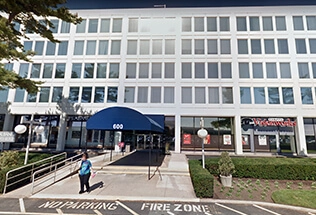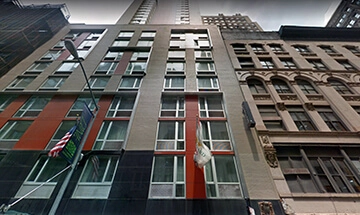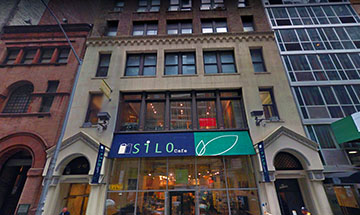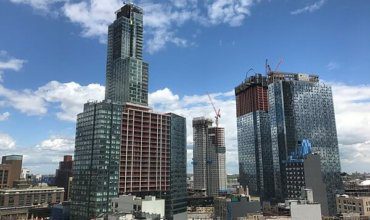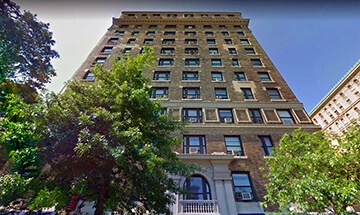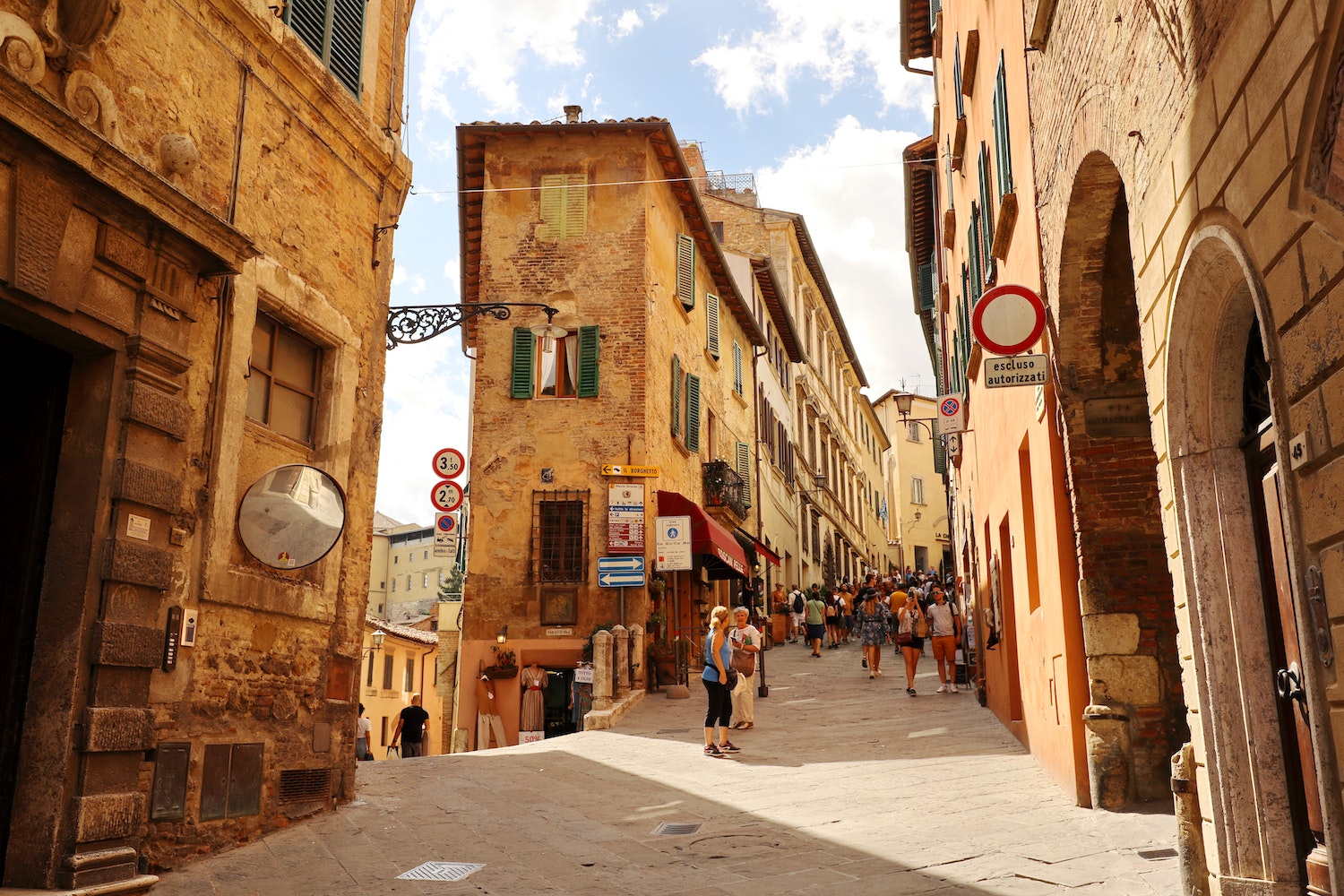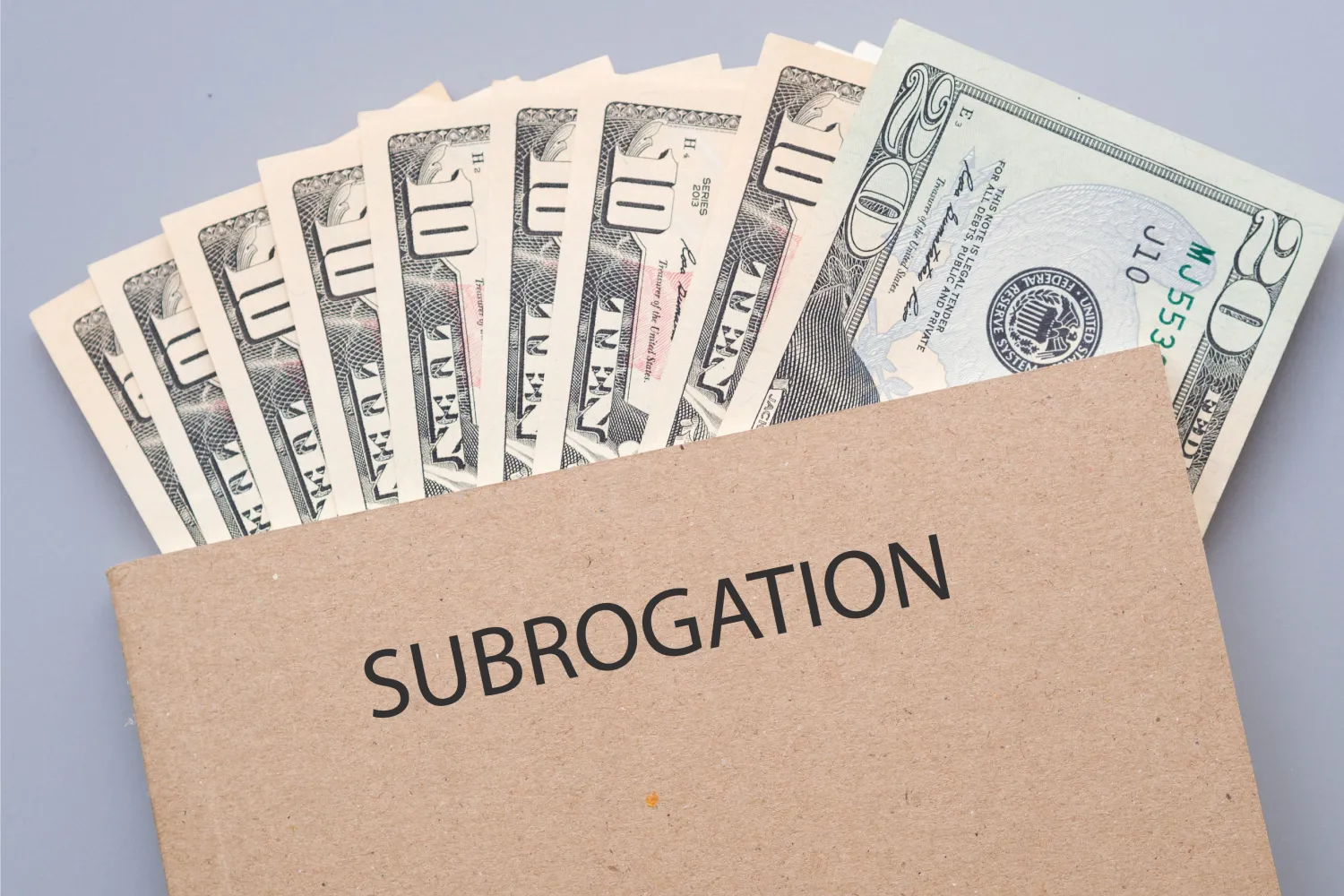New York is home to many distinct and culturally interesting neighborhoods. As New York City natives, many of our lawyers have visited these neighborhoods and enjoyed the cultural attractions, eateries, and other sites to see – it’s why we usually have a great place to recommend to our clients.
If you’re visiting the Big Apple for the first time or planning to move here, odds are you’ve wanted to visit Manhattan’s Little Italy. But where exactly is Little Italy, and what is there to see and do in this historic neighborhood?
Read on to learn what we know about Little Italy. If you need legal advice during your stay in New York State, contact Schwartzapfel Lawyers today for a free consultation at 1-516-342-2200.
Where is Little Italy Located?
Looking at Little Italy on a map, you wouldn’t expect it to be a very big place – and, in terms of square footage, you wouldn’t be wrong.
In fact, Little Italy doesn’t take up much of Manhattan, as it’s only a few square blocks in size from one side to the other. However, it’s a very connected area that neighbors Tribeca, SoHo, Chinatown, and the Bowery all at once. Moreover, Little Italy feels a lot bigger once you walk its historic, European-influenced streets for yourself.
That said, today, Little Italy is significantly smaller than it used to be, consisting of only the three (3) blocks on Mulberry Street that are north of Canal Street. That’s because Mulberry Bend, previously the originating point for Little Italy, is now part of Chinatown. Furthermore, it originally extended to Broadway on the western side.
These days, Little Italy starts on Mulberry Street and extends as far south as Worth Street. To the north, Little Italy extends to Houston Street, while its borders are Lafayette Street and Bowery Street for the West and East, respectively.
Despite its reduction in overall size, there’s still tons to see and do in Little Italy, making it a great place for both tourists and NYC natives alike.
While you can look up Little Italy on a map, you can also find Little Italy by simply looking for some of the most popular and well-known landmarks in this district. Of course, you’ll also likely know that you are walking through Little Italy when you smell delicious Italian food like pasta and pizza wafting in the air.
What is the History of Little Italy?
Little Italy is one of the most historic and interesting neighborhoods in all of NYC.
It all starts with Mulberry Bend, what Jacob Rils once called a foul core” of New York’s less well-to-do neighborhoods. That’s because this area of the city was indeed dominated by various immigrants of the late 19th century. Because of mass immigration from Italy throughout the 1880s, many Italian settlers moved to lower Manhattan. They congregated in various neighborhoods where they could work together to achieve the American dream.
Little Italy was once a much more insular and somewhat Neapolitan village, created in the image of the Italian neighborhoods where many of its early residents grew up. Insular in nature, the neighborhood truly came alive after the first wave of Italians made their way across the Atlantic, arriving at Ellis Island. At this point, most of these settlers spoke exclusively Italian and, in the years that followed, retained much of the customs and culture of their homeland.
Interestingly, back then, Little Italy wasn’t the largest Italian neighborhood in the city: that distinction belonged to East Harlem (then-called Italian Harlem), which had a much larger Italian population overall. It was, however, the poorest Italian neighborhood in the Big Apple, and it attracted more than its fair share of immigrants. By 1910, Little Italy had attracted almost 10,000 Italians; by the turn of the 20th century, over 90% of those residents were of Italian origins or birth.
Little Italy’s Expansion
It was during this period that many of these Italian immigrants began to move to other neighborhoods in order to earn money, thereby expanding Little Italy’s architecture and infrastructure. As World War II began and dragged on, Lower East Side residents moved to Staten Island, Brooklyn, and even New Jersey. Chinese immigrants also became a much more common presence when the Immigration Act of 1965 removed various restrictions on their mobility.
That’s when the above-mentioned expansion of Chinatown toward the south of Little Italy occurred. By 2004, Little Italy had fully established itself as a bastion of Italian American culture, food, and sensibilities. Lots of upscale businesses entered the northern portion of Little Italy in the 21st century, usually accompanied by increasing real estate prices.
These days, Little Italy is not necessarily dominated by residents of Italian origin. But the Italian culture and heritage echoes live on in the food, the attractions, and even the building and street names. As of 2010, both Little Italy and Chinatown are a combined single district, according to the National Register of Historic Places.
What are the Major Attractions in Little Italy?
There are tons of things to see and do in Little Italy if you are interested in visiting this historical New York neighborhood yourself!
Feast of San Gennaro
The famous Feast of San Gennaro is one of the most popular attractions of Little Italy, and for good reason. It’s always held for eleven (11) days in September, and it’s often considered the most important (and delicious) feast in New York City.
Originally held to celebrate San Gennaro, the patron saint of Naples, nowadays it offers religious processions, ethnic food to satisfy your taste buds, and plenty of colorful parades. On the last Sunday of the Feast, you’ll find the largest procession walking down Mulberry Street, which begins at 2 p.m. At this time, the statue of San Gennaro makes a trip down the streets of Little Italy in honor of his accomplishments.
Fortunately for those in attendance, the event itself is completely free. You don’t have to buy tickets to see this experience, and it doesn’t take too long to soak up the excitement. So, if you’d like, you can hang out for the entirety of the Feast on one of the days and then continue your tour of the Big Apple by going wherever your heart takes you next.
Visit Mulberry Street
A historic site to see and enjoy, Mulberry Street is where almost all of the original Little Italy businesses and architecture remain. Moreover, it’s where you can find some of the best Italian bars and restaurants the city has to offer. So, if you’re looking for authentic Italian cuisine, Mulberry Street is the part of the Little Italy Neighborhood to visit first.
As for where you should go, we highly recommend one of the most famous bakeries in the Big Apple: Ferrara Bakery & Café, which you can find on 195th Grand Street. Interestingly, Mulberry Street was once the heart of the Italian mafia in New York and the eastern seaboard, so some historical tours and attractions remain from this old-school era.
Try Authentic Italian Eateries
Little Italy is so popular partly because of the delicious food you can find here. Take Lombardi’s Pizzeria, for example. Not only does it own the distinction of being the first pizzeria to open in the U.S. (est. 1905), it’s also a great place to get a delicious New York slice. At this Little Italy Restaurant, every pizza is made using coal-burning ovens, adding both flavor and authenticity to each bite.
We at Schwartzapfel Lawyers also heavily recommend Ferrara Bakery & Café, mentioned above. The cannoli and espresso shots are particularly beloved by New Yorkers, and they make for a perfect combination if you need an afternoon pick-me-up.
For authentic cheeses to go with your favorite homemade recipes, you can also try Di Palo’s cheese shop, which is perfect for rounding out your grocery trip.
Visit Historical Landmarks
When visiting Little Italy, you can’t forget to stop by some of the more historical landmarks that abound in its corners. For example, Lombardi’s Pizzeria is a landmark due to its historical value. But there’s also Saint Patrick’s Old Cathedral, located at 240 Mulberry Street. This old building was completed in 1815 and showcases the architectural elements of the classic Gothic Revival style. It’s also the same church where many shots from The Godfather series of movies were captured.
Alternatively, you can check out the Old E’s Headquarters at 240 Centre Street. This grand, dominating, and Beaux-Arts-style building is located on the outskirts of Little Italy and is where many of the anti-mafia operations originated and were carried out. Nowadays, it houses multimillion-dollar apartments!
You’ll also want to visit 129 Mulberry Street. At this historic location, the Italian mobster Joseph Crazy Joe” Gallo was shot dead. If you want to see more sites associated with the Mafia, visit 128 Mott Street. This is the storefront where Vito Corleone, played by Marlon Brando in The Godfather (dir. Coppola, 1972) and Robert De Niro in The Godfather Part II (dir. Coppola, 1974), opened his first fictional business.
Go on a Sightseeing Tour
Little Italy is known as a very tourist-friendly neighborhood in part because of the sightseeing tours you can take advantage of. These are available for free or for money, and many companies offer “pay-what-you-wish” tours, meaning you only pay however much money you feel is fair for the experience you receive. These tours are great ways to learn more about Little Italy without breaking the bank.
As you tour, be on the lookout for beautiful street art thanks, in part, to the LISA Project. (Note: “LISA” stands for Little Italy Street Heart Crawl). This nonprofit organization helps to inspire street artists to create new works of art on Mulberry Street in a dedicated mural district, the first and only of its kind in all of New York City.
Go Shopping
Little Italy isn’t without its shopping surprises, either. For example, you can check out Nolita (often spelled NoLIta), a collection of unique neighborhood boutiques that double as the perfect destination if you have a little extra walking-around-money on hand. Alternatively, you can visit E. Rossi & Company at 193 Grand Street. This souvenir shop, established in 1910, is ideal for picking up some knickknacks to commemorate your visit to Little Italy.
Also worth considering: Little Italy is only a couple-minutes’ walk from Chinatown, which means that, just around the corner, a bundle of other shopping excursions and experiences await you. And to that end, it’s worth knowing that even Broadway is a stone’s throw away (less than ten minutes on foot!).
Contact Schwartzapfel Lawyers Today
Little Italy is practically a part of our backyard, which is why we can always recommend a great place to eat or visit when you contact us for a free case evaluation, or if you want to meet with our lawyers to discuss an upcoming legal matter.
At Schwartzapfel Lawyers, you don’t just get top-tier legal assistance; you get experienced, local New York City lawyers who can help you with personal injury, auto accident, workers’ compensation, and many other kinds of cases, regardless of your circumstances.
Why wait? Contact us today online or at 1-516-342-2200 for a free consultation, case evaluation and/or more information. Your future is worth it.
DISCLAIMER: No information on this page should be considered legal advice. You can discuss your case with a lawyer by calling 1-516-342-2200.
Sources:
Schwartzapfel Lawyers, P.C. | Fighting For You™™
Little Italy | The Official Guide to New York City | NYCGo.com

